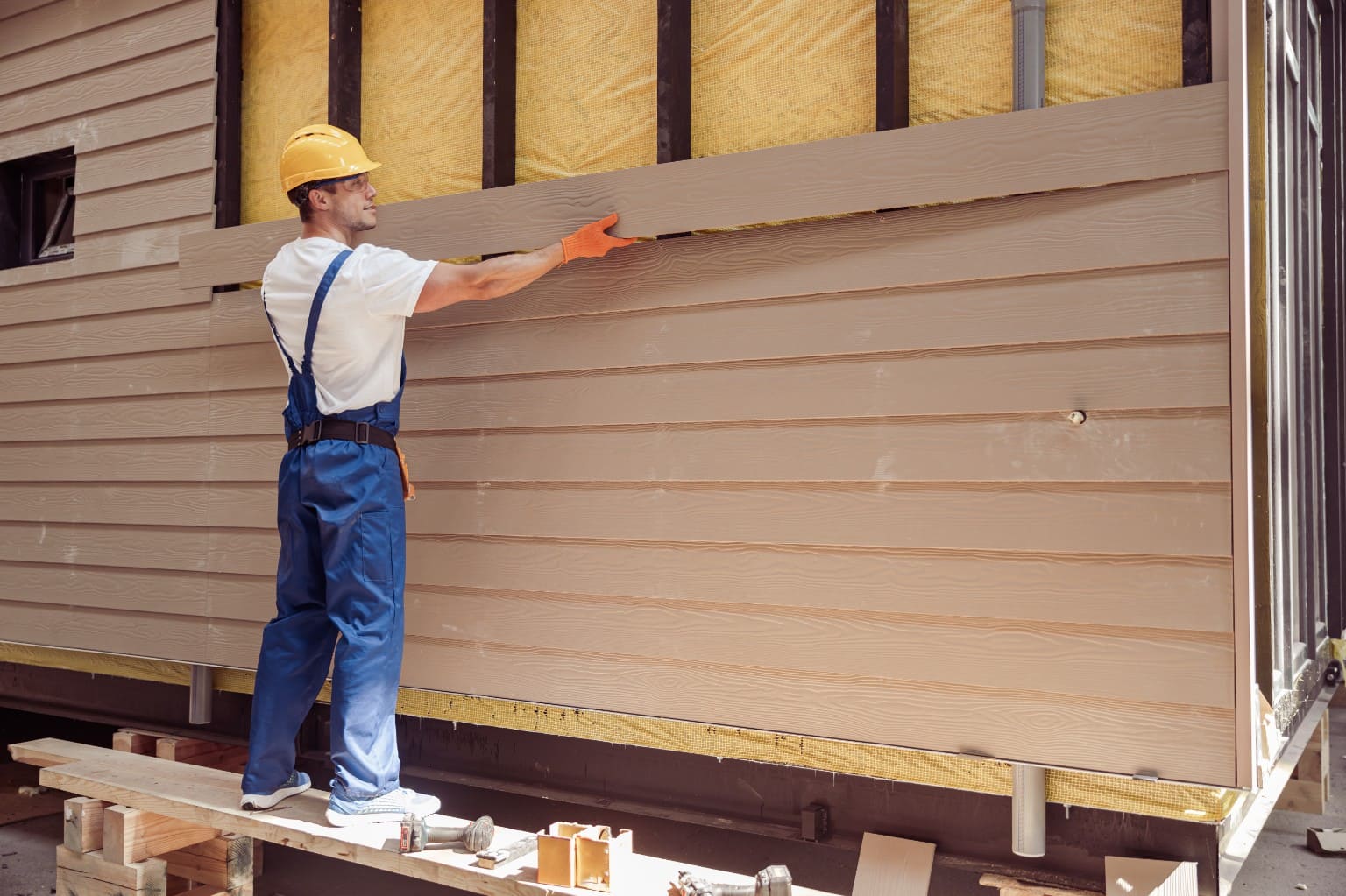In terms of enhancing the facade of your home, sheathing plays a critical role not just in appearance but also in energy efficiency. Many residents may not realize that the type of siding they choose can significantly affect how their homes regulate heat and cold throughout the year. This is where the field of thermal dynamics theory comes into play, giving insights into how different materials interact with environmental temperature fluctuations.
Understanding thermal dynamics in relation to cladding can help homeowners make informed decisions that improve both comfort and energy costs. From classic wood to modern vinyl and fiber cement, each sheathing material has specific thermal properties that can influence your home’s insulation and overall energy consumption. By investigating these dynamics, we can discover how sheathing does more than just make your home look good; it also plays a vital role in creating a cozy living environment.
Understanding Thermal Dynamics
The principles of thermal dynamics plays a crucial role in how siding operates as part of a home's overall insulation system. When picking siding materials, it's important to understand how they will interact with ambient conditions and indoor climates. Different materials, such as PVC, engineered wood, or fiber cement, have varied thermal properties that impact heat retention and dispersal. This can significantly influence a home's energy efficiency and comfort levels throughout the year.
The concept of heat conductivity assesses how well a material can carry heat. Siding with minimal thermal conductivity can assist in maintaining the inside of the home heated in the winter and more refreshing in the summer. This not only improves comfort but can also lead to reduced energy costs, as the HVAC and air conditioning systems will function less strenuously to achieve desired temperatures. Homeowners should explore siding possibilities that provide optimum insulation to maximize these benefits.
In addition to the materials used, the installation of siding also plays a role in thermal dynamics. Adequate installation techniques that minimize gaps and establish tight seals can boost the complete thermal performance of the siding. This means decreased air leakage and heat dispersion, resulting in a more optimized home. Grasping these factors is crucial for making wise choices about siding that add to a home's eco-friendliness and performance.
Material Options for Siding

When selecting siding for your home, you have a variety of material options that each offer different benefits and aesthetic appeal. Vinyl is commonly chosen choices due to its strength and low maintenance requirements. It comes in a variety of colors and designs, allowing homeowners to achieve the desired look without having for regular painting. Additionally, vinyl siding is impervious to rot, insects, and fading from the sun, making it a durable investment.
An additional frequently used option is wood, which provides a organic and classic appearance. Wood can be painted or stained to create a personalized look that enhances the aesthetic of a home. That said, it does require more maintenance than alternative materials, as it is vulnerable to damage from moisture and insects. Regular treatments and inspections are necessary to keep wood siding in top condition, but many homeowners cherish the coziness and character that wood brings to their home.
Fiber cement siding has gained traction for its combination of resilience and versatility. Made from a combination of cement, sand, and cellulose fibers, this product is engineered to endure extreme weather conditions and resist fire, rot, and pests. Fiber cement siding can mimic the look of wood, stucco, or brick, giving homeowners the flexibility to achieve a variety of design styles. Its longevity and low maintenance needs make it a attractive choice for those looking to enhance the thermal performance and curb appeal of their property.
Effect on Energy Conservation
Exterior cladding plays a crucial role in a home's energy performance by supplying an added layer of thermal protection and defense against the elements. Properly installed siding can greatly reduce thermal loss in winter and keep interiors more comfortable during hot weather. valley-siding.com Ottawa minimizes the workload on heating and air conditioning systems, ultimately leading to reduced electricity costs.
Different siding materials exhibit different levels of thermal resistance, known as R-values. Insulated vinyl siding, for example, can deliver higher R-values compared to traditional materials, improving the overall insulation of the home. Additionally, reflective surface options on siding can assist in regulating heat absorption, which additionally contributes to keeping a stable indoor climate and enhancing energy efficiency.
Investing in high-quality siding not only improves comfort and protects your home but also boosts its energy efficiency. Property owners can benefit from potential energy savings while supporting a more eco-friendly living environment. By selecting the appropriate siding, homeowners can make long-lasting decisions that positively impact both their budget and the planet.
